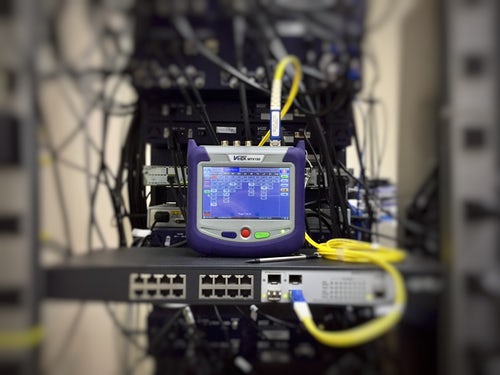
Equipment condition monitoring system
Why monitor the condition of the equipment ?
Industrial equipment is a major investment for any company. Maintaining this equipment in working condition is a priority in terms of business and competition policy. Important for this process is the development and maintenance of a maintenance program. However, condition monitoring should also be part of this program. Without careful observation, important clues could be missed, and an unexpected failure could lead to a long stop of the equipment and, as a result, to production losses.
What is the monitoring of the state of industrial equipment?
Each piece of industrial equipment works in a certain way and uses a certain amount of energy. Operating mechanisms vibrate at a certain frequency. Certain substances, such as lubricating oil, pass through industrial equipment at a certain rate. If any of these factors change, this may be a sign of the expected failure.
Condition monitoring considers key conditions that show how well a given piece of equipment works. Some examples of this type of monitoring include oil analysis, vibration monitoring, or acoustic emission testing. The exact factors associated with condition monitoring will vary from one equipment to another.

Why is condition monitoring as important as routine maintenance?
A scheduled maintenance schedule is critical to the long-term performance of most industrial equipment. However, over-performing certain maintenance procedures can actually shorten the life of some equipment. In addition, too frequent maintenance means more downtime and additional costs. In such cases, monitoring is a fairly effective tool. Careful monitoring of industrial equipment can indicate when maintenance should be performed.
For example, suppose that a piece of equipment must change oil regularly. One option would be to stop production every X hours and then change the oil. Another option is to monitor the presence of oil in the system for signs of replacement. Such signs can be a change in viscosity or the presence of the smallest particles of certain substances. Only when these changes are obvious does an oil change take place. In most cases, this practice extends the time between maintenance outages, minimizing downtime while ensuring proper maintenance of the equipment.
One of the great advantages that condition monitoring offers is the ability to better examine equipment. Each element of the equipment, even the one that comes off the same assembly line used for the same purpose, has its own unique features. Condition monitoring helps to make more informed decisions about optimizing performance and maintenance needs.
Vibration analysis is a good example of monitoring the state of industrial units. Let’s say a certain equipment usually vibrates with a certain frequency. If this frequency starts to change, it may mean that something inside the machine starts to fail or needs to be replaced.
Attracting operational personnel to monitor equipment condition.
Thanks to a competent understanding of the production processes and operation of their equipment, operators can use skills to identify warning signs of failure. It is the technological personnel who operate the equipment can make a significant contribution to the reliability of the installation.
Here is a simple example of the benefits that operators get by having knowledge and understanding. In the event of strikes on the crank mixers of the agitators, the competent personnel understand that this is caused by loose chains and corresponding slippage on the drive train. The solution to this deviation is a half-hour job to tighten the drive chains. If you do not respond and do nothing, it will lead to a two-day maintenance stop due to damaged bearings, keyways, and possibly even the replacement of a whole shaft.
Monitoring equipment status allows engineers to anticipate potential failures and take action. It is better to stop the unit for a short time in order to perform corrective maintenance than to fail further, and spend more time and possibly resources.
Condition monitoring helps save money, time and resources. Although costs are associated with monitoring, it is disproportionately minimal compared to the downtime associated with frequent maintenance or unexpected repairs.





